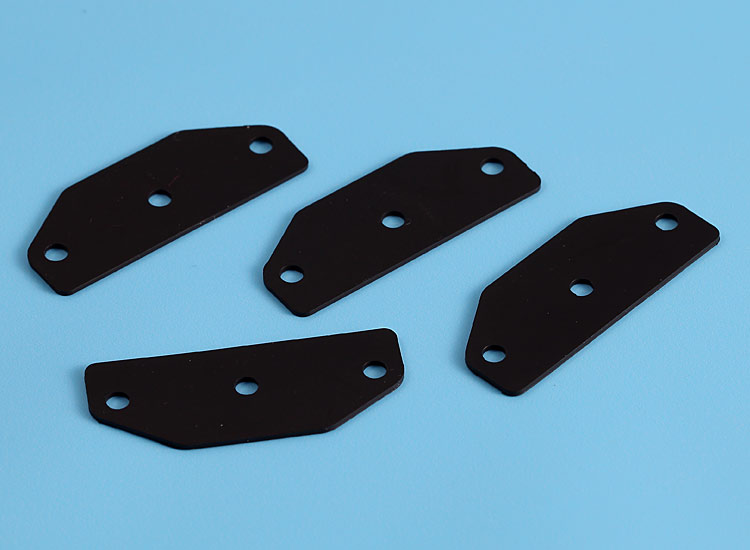-
National consultation hotline:
13590252450 / 18676388050


Time:2024-05-09 Preview:1
Hello everyone, I am the editor. Today I will introduce you to the rubber seal manufacturers. The following content is compiled by the editor and the relevant content is for reference only.

1. Vulcanized rubber seals
Vulcanized rubber is made of EPDM, which has excellent performance, outstanding ozone resistance, excellent weather resistance, good high and low temperature resistance, outstanding chemical resistance, resistance to a variety of polar solutes, and low relative density. The disadvantage is that it expands a lot in general mineral oils and lubricating oils, and is generally a dark product. The operating temperature range is -60 to 150°C.
2. Chloroprene rubber seals
Chloroprene rubber has a better performance balance than other special rubbers. It has excellent weather resistance, ozone resistance, heat aging resistance, oil resistance, solvent resistance, good chemical resistance, excellent flame resistance, and good adhesion. It has poor storage stability, hardening during storage, poor cold resistance, high relative density, and is generally a black product. It is used in environments with oil resistance, heat resistance, acid and alkali resistance. The operating temperature range is -30 to 120°C.
3. Silicone rubber seals
Silicone rubber has outstanding high and low temperature resistance, ozone resistance and weather resistance; it has excellent hydrophobicity and appropriate air permeability; it has unparalleled insulation performance; it can meet the sanitation level required by food hygiene and can meet the requirements of various colors. The disadvantage is that the mechanical strength is the worst among rubber seal materials and it is not oil-resistant. The operating temperature range is -100 to 300℃. It can be used in high temperature, cold, strong ultraviolet radiation areas and medium and high-rise buildings.
4. Nitrile rubber seals
The main characteristics of nitrile rubber are oil resistance and solvent resistance, but it is not resistant to media such as ketones, esters and chlorinated hydrocarbons. It has good elasticity and mechanical properties. The disadvantage is that it is easy to age and crack in ozone and oxidation, and has poor cold resistance and low temperature resistance.
5. Thermoplastic elastomer rubber seals
It has good elasticity and excellent wear resistance, good oil resistance, wide hardness adjustable range (Shore A hardness 65-80 degrees), excellent mechanical properties (tensile strength, elongation at break), excellent cold resistance and chemical corrosion resistance, and the price of raw materials is relatively high. It is a recyclable material. The operating temperature range is -60 to 80℃. It is suitable for areas with strong vibrations such as earthquake-prone areas, near railways or factories with high-power cranes, and areas with strong ultraviolet radiation.
6. Thermoplastic vulcanized rubber seals
Thermoplastic vulcanized rubber is flexible and elastic. It is produced by processing methods without vulcanization. Waste can be recycled and reused. It is a material with a wide performance range, good heat resistance and cold resistance, low relative density, oil resistance and solvent resistance are similar to chloroprene rubber, and compression set resistance and wear resistance are not very good. The operating temperature range is -40 to 150℃.
7. Plasticized polyvinyl chloride rubber seals
The material is cheap and easy to obtain. It is resistant to corrosion, wear, acid, alkali and various chemical media, combustion, and has high mechanical strength. The disadvantage is that the plasticizer in the system is easy to migrate, and it becomes hard and brittle over time, loses elasticity, is not resistant to aging, and has poor weather resistance and low temperature performance. It is generally a dark product. It is suitable for occasions where the light is not strong, the temperature changes are not large, and the climatic conditions are not harsh.